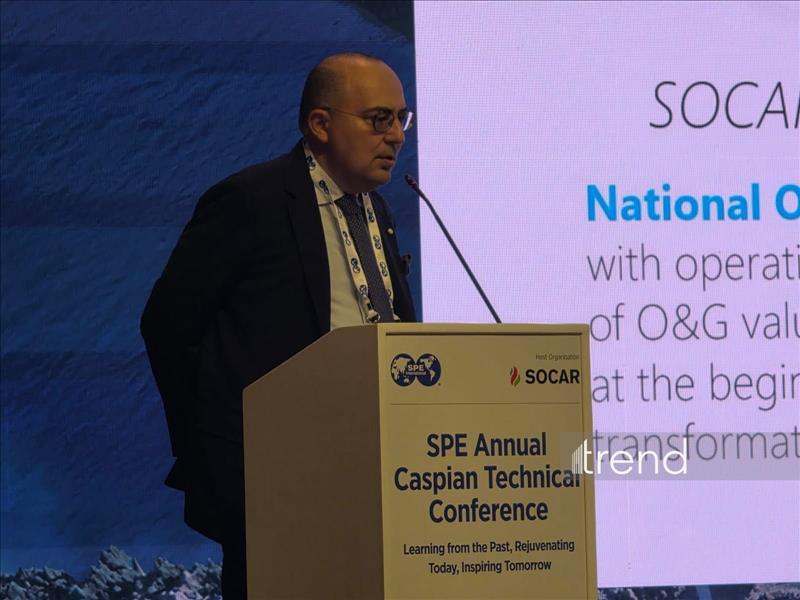
SOCAR Announces Its Target To Completely Phase Out APG's Routine Flaring
According to him, SOCAR has historically been built on exploration, production, refining, and global partnerships, which form the basis of its legacy.
"The company's goal is to be among the top national energy companies by 2035, become a global player, and enhance climate resilience. By 2050, SOCAR aims to achieve net-zero emissions," he explained.
Gurbanov also said that this is an extremely ambitious plan, but it puts SOCAR in the driver's seat among the top energy players worldwide.
Speaking about the steps being taken to achieve these goals, he highlighted that by 2030, the company plans to completely abandon routine flaring of associated gas and reduce emission intensity in the upstream segment by 30 percent.
"By 2035, SOCAR aims to achieve a 30 percent reduction in carbon intensity and decrease absolute emissions by 20 percent," the official announced.
According to him, to accomplish these goals, SOCAR has developed three key strategies:
- decarbonization roadmap covering all company operations has been created;
- a structural transformation has been carried out, establishing a dedicated segment for energy transition, environment, and decarbonization;
- international cooperation has been expanded, including participation in global initiatives and systematic measurements of methane and carbon emissions.
Gurbanov emphasized that SOCAR's strategy is based not on declarative goals but on clear, measurable indicators.
He announced that as part of the transformation, the company has launched a comprehensive decarbonization program, organizational changes, and the development of a low-carbon business.
"To promote sustainable energy projects, a specialized structure-SOCAR Green-was established, which collaborates with global leaders in renewable energy, including solar and wind energy, geothermal solutions, green hydrogen, and other sustainable technologies," he added.
The primary drawbacks of associated petroleum gas include its detrimental environmental effects when flared, which involve the emission of harmful substances and the exacerbation of climate change, as well as substantial economic losses due to the squandered valuable resource. Processing APG can be costly and constrained by infrastructure, particularly in distant regions, and the contaminants present in the gas might complicate purification efforts.

Legal Disclaimer:
MENAFN provides the
information “as is” without warranty of any kind. We do not accept
any responsibility or liability for the accuracy, content, images,
videos, licenses, completeness, legality, or reliability of the information
contained in this article. If you have any complaints or copyright
issues related to this article, kindly contact the provider above.


















Comments
No comment